Kids Learn Better When Playing with Robots
For many students, math and science have always been boring subjects, too bogged down with technical details to ever be fun or exciting. Teachers have long tried a variety of strategies to get students excited about STEM. It turns out, one of the best ways to get kids pumped about STEM is through the use of robots.
Robots are naturally fun and exciting for kids. When they think of robotics, they might think of their favorite cartoons or superheroes. Learning how they can actually build and use robots is a great way to incorporate STEM into the curriculum without losing students’ interest.
The use of robotics is on the rise in today’s world, and allowing students to play with robots and learn how they work can have huge benefits for them. Not only does it give them a head start in subjects like computer programming, math, and science, it can also spark an interest in careers students may have never considered before.
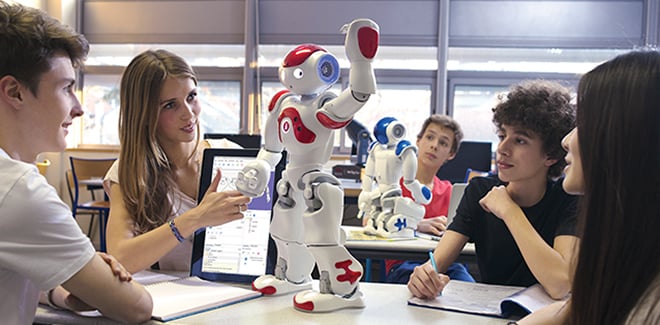
- 0 Comments
- Nov 22, 2019 10:15:00 AM
How Coding Should be Taught To Kids
Parents and educators across the country understand the importance of teaching kids how to code. Not only can it help them learn valuable skills that they can use into their technology-driver future, but it also helps them learn to approach problems differently. But determining the best method for teaching a child to code isn’t always obvious.
In most cases, people agree that a traditional textbook approach is insufficient for subjects like coding. While the idiosyncrasies of the language can be introduced that way, it is difficult to assimilate the information until it is in use fully. But sticking children in front of a blank screen and having them write line after line, though functional, isn’t very inspiring or even interesting.
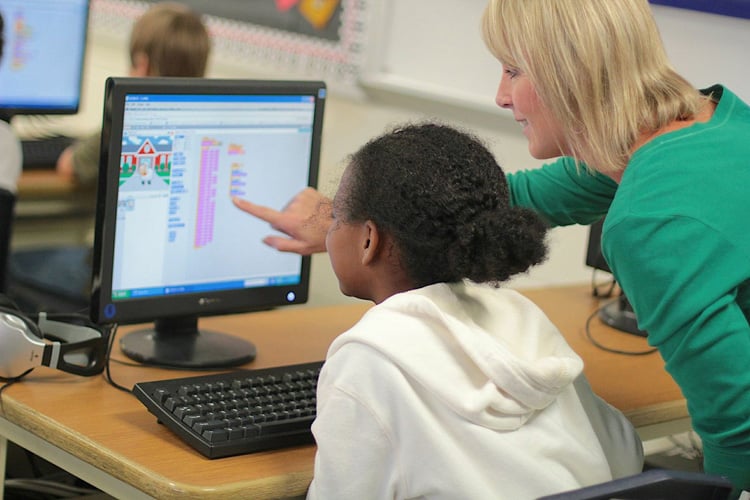
If you want to capture the interest of young students while giving them access to a valuable skill set, then turning to games may be the ideal method.
- 0 Comments
- Nov 11, 2019 10:15:00 AM
- Posted by Natalia Galvis
- Topics: Robotics, EdTech, STEM, Education, Coding, Codificación, STEMchat, Edchat
Robotics, The Next Big Thing in Higher Education?
Without a doubt, robotics is the next big thing in education. Like it or not, robots and robotics are the future. The sooner we accept robotics in schools and educate our children about robotics, the more prepared they will be for that future. At the moment, robotics is a reality at universities around the world, but imagine the possibilities if children entered those college programs already equipped with some robotic knowledge.
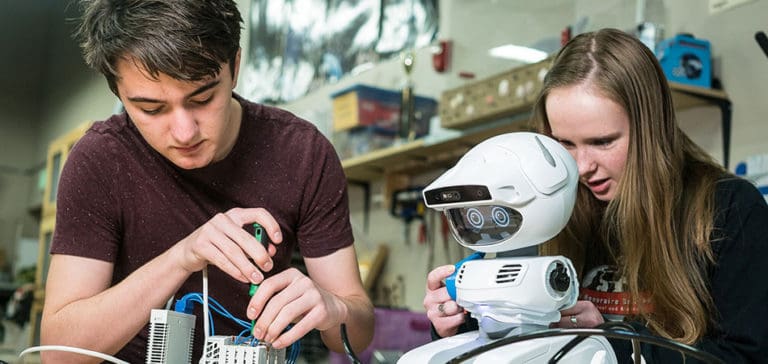
In this article, we have listed some interesting stories from universities to prove that there is already quite an interest in robotics after high school.
- 0 Comments
- Nov 8, 2019 10:00:00 AM
How to Make Math Learning Fun- And Effective
Math has always been known as one of the less-glamorous subjects. Sure, there are people who love the rhythm and reason of mathematical concepts, but average Kindergartners won’t tell you that they want to be an engineer, or a mathematician, or even a computer scientist when they grow up. But if every Kindergartner grew up to be a fireman, or movie star, or race car driver, or pilot, our society would certainly suffer.

So what makes one student inherently interested in math concepts, while another just wants to score high enough on a math test to not have to take it again?
- 0 Comments
- Oct 29, 2019 10:03:00 AM
- Posted by Natalia Galvis
- Topics: Math, Robotics, EdTech, STEM, STEMchat, Mathematics, Edchat
Three key trends in robotics education
Robots are hugely popular with kids. Want proof? Four of the 20 best-selling toys on Amazon during the 2018 holiday season were robots, robotics kits, or other electronic circuitry kits. So it’s not surprising that K-12 educators would turn to robotics as a way to get students excited about science, technology, engineering, arts, and math (STEAM) education.
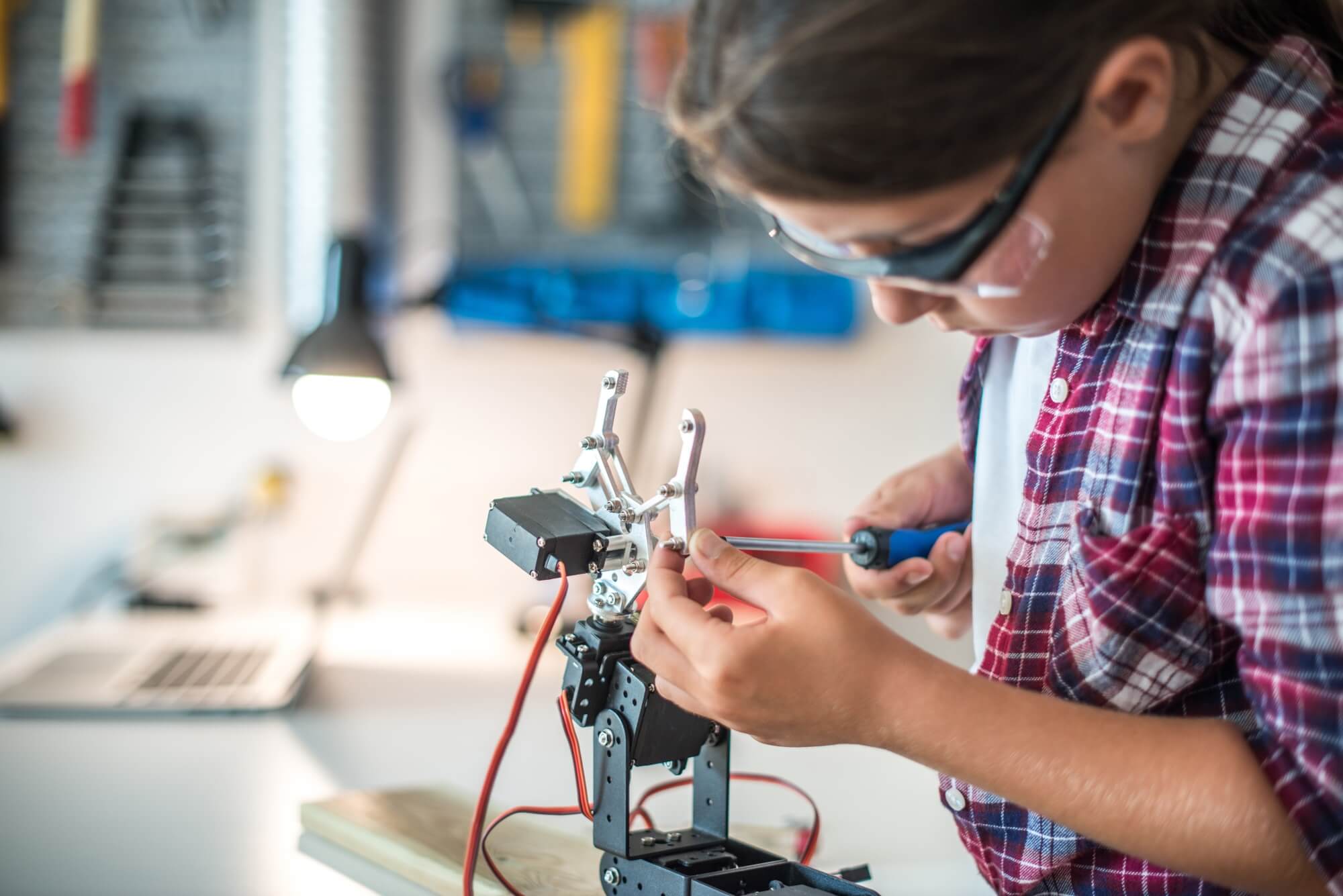
- 0 Comments
- Oct 28, 2019 10:02:00 AM
Can Robotics Teach Problem Solving to Students?
Critical thinking and problem-solving skills are essential to success at university and in later life. However, the traditional classroom model has done a poor job of imparting these skills to students. The way children have learned in the classroom for generations has focused on lectures and worksheets. Past generations would depend on group sports, clubs and teenage jobs to impart these vital skills onto students.

However, new ideas suggest that robotics may hold the key to teaching problem-solving skills to students. Using robots to teach real-world skills may be a strange concept, but is it worth exploring? We think so and here’s why.
- 0 Comments
- Oct 11, 2019 10:10:00 AM
Key trends in K12 robotics education
Robotics education is becoming increasingly commonplace in schools. This is largely due to the fact that students in K12 schools will graduate into a workforce that’s rife with technology, in an era where robots will become widely used in our everyday lives.
Even if these kids choose a career other than coding or robotics, learning robotics teaches them many important skills such as analytical thinking, programming, teamwork, collaborative thinking, innovation and more. It can be easily incorporated into STEAM education, which is becoming more popular in schools worldwide.
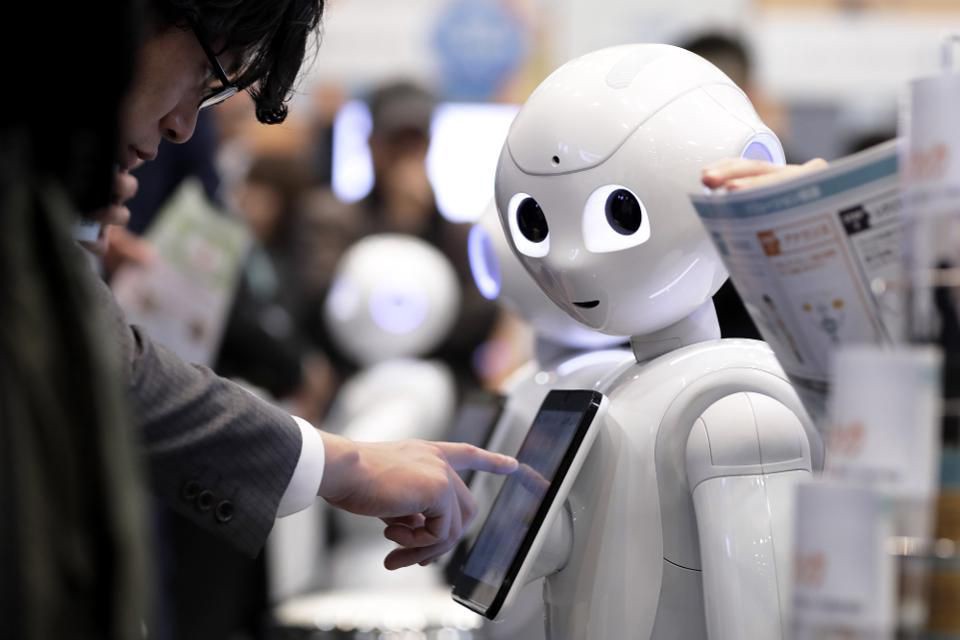
- 0 Comments
- Oct 10, 2019 10:00:50 AM
Students Who Engineer Their Way to Success
Engineering teaches critical thinking skills. These skills are in high demand not only in engineering, but also in other professions. The thinking skills of engineers include establishing replicable processes for presenting ideas, the ability to collect and analyze data, and the confidence in presenting solutions to problems.
Those skills aren’t just for engineers,. Everyone needs the critical thinking skills of engineers. These four high schools understand the implications for teaching engineering skills to all their students.
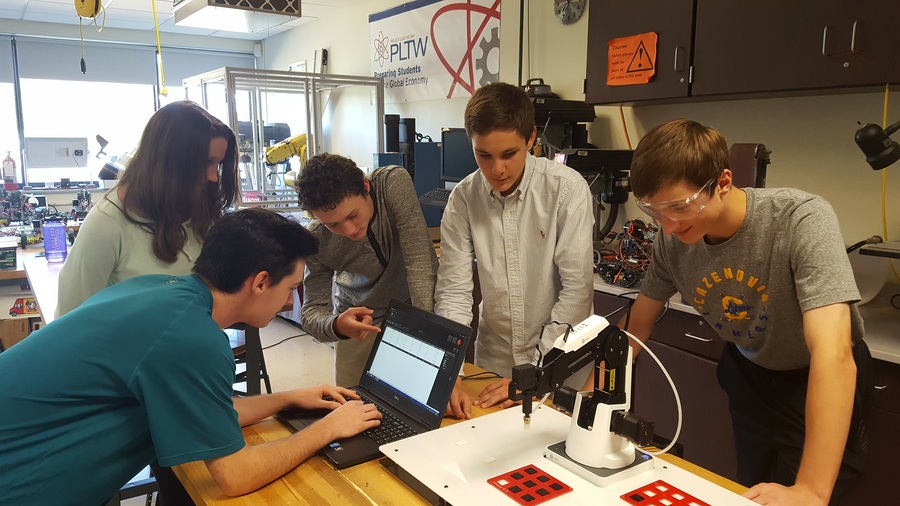
- 0 Comments
- Oct 3, 2019 10:00:00 AM
- Posted by Natalia Galvis
- Topics: Robotics, EdTech, STEM, Robots,, Engineering, STEMchat, Edchat
3 strategies to keep students engaged in STEM
STEM (science, technology, engineering, and math) is more than just an acronym or a collection of letters. Rather, it is an instructional movement that embodies cross-curricular concepts from four fundamental disciplines, as well as a research-based strategy that addresses the future needs of a technology-driven work force and sustaining a global economy. The importance of STEM is further validated by its prominence in the Next Generation Science Standards (NGSS).
:max_bytes(150000):strip_icc()/GettyImages-705002115Smaller-59a917ba396e5a001037e595.jpg)
One of the most effective instructional approaches toward the implementation of STEM in grade-level courses is through project-based learning (PBL). In this approach, instruction occurs through student-centered investigations focused on a specific topic driven by a set of objectives, culminating in a broadly-defined product or technique. Projects foster an environment of discussion, creativity, problem-solving, inquiry, modeling, and testing, and are applicable to students in all grade levels and subjects, but particularly within the STEM arena.
- 0 Comments
- Oct 2, 2019 10:00:00 AM
How EdTech Will Change School Culture
For more than 100 years, we’ve relied on the factory model for providing education. Born of the industrial age, when efficient systems mattered most in producing a product, the factory model mimicked assembly-line work.
Schools built large classrooms and filled them with multiple rows of students. Teachers delivered one-size-fits-all instruction, and process was replicated in room after room, hall after hall, and school after school.
Naming the education system after industrialism was more of a metaphor than anything else, but one thing became apparent. Industrialism had served its purpose. Continuing to model an education system after an era that had passed was hurting instruction, not helping it. In education, we deal with people, not parts.
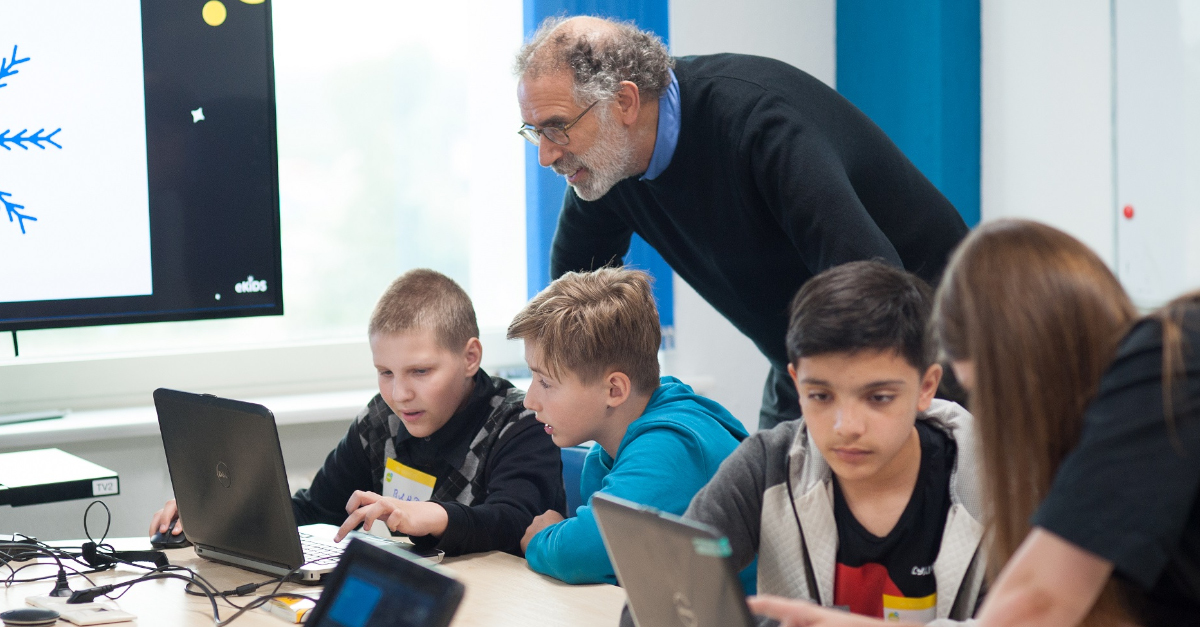
- 0 Comments
- Oct 1, 2019 10:51:51 AM
Relevant Posts
Popular Posts
Subscribe to Email Updates
-
I Want To Learn MoreADDITIONAL INFORMATION


